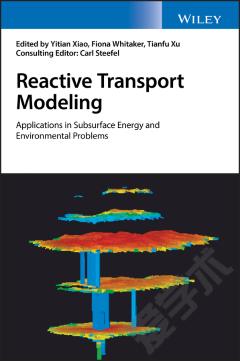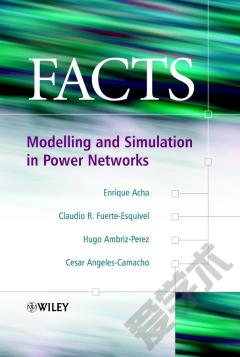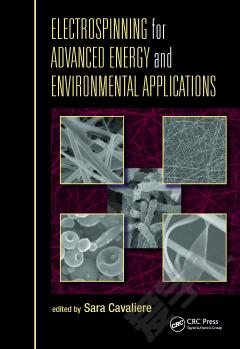Simulation of Flow in Porous Media —— Applications in Energy and Environment
----- 多孔介质流动模拟:在能源与环境中的应用
Subsurface flow problems are inherently multiscale in space due to the large variability of material properties and in time due to the coupling of many different physical processes, such as advection, diffusion, reaction and phase exchange. Subsurface flow models still need considerable development. For example, nonequilibrium effects, entrapped air, anomalous dispersion and hysteresis effects can still not be adequately described. Moreover, parameters of the models are diffcult to access and often uncertain. Computational issues in subsurface flows include the treatment of strong heterogeneities and anisotropies in the models, the effcient solution of transport-reaction problems with many species, treatment of multiphase-multicomponent flows and the coupling of subsurface flow models to surface flow models given by shallow water or Stokes equations. With respect to energy and the environment, in particular the modelling and simulation of radioactive waste management and sequestration of CO2 underground have gained high interest in the community in recent years. Both applications provide unique challenges ranging from modelling of clay materials to treating very large scale models with high-performance computing. This book brings together key numerical mathematicians whose interest is in the analysis and computation of multiscale subsurface flow and practitioners from engineering and industry whose interest is in the applications of these core problems.
{{comment.content}}








 京公网安备 11010802027623号
京公网安备 11010802027623号